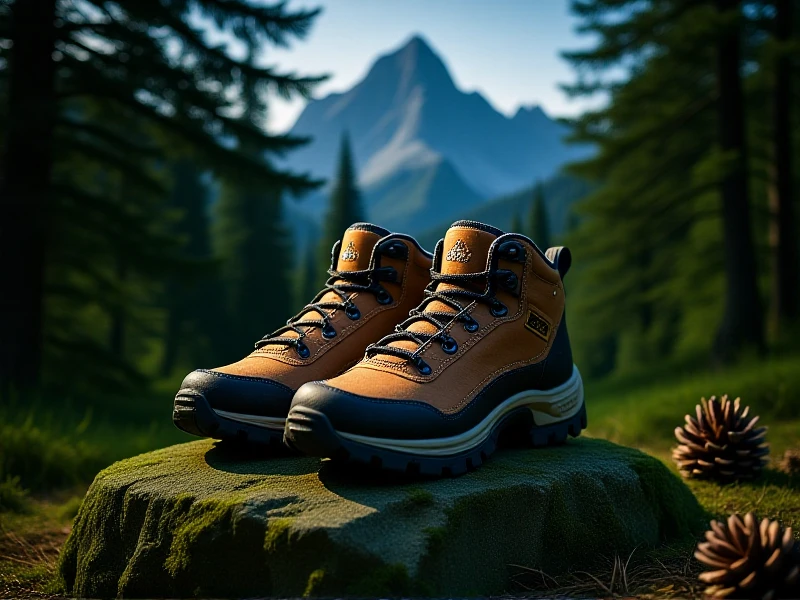
Conquering Peaks: Your Essential Guide to Choosing Mountaineering Shoes
Choosing the right pair of mountaineering shoes is perhaps the most critical gear decision any mountaineer faces. Your footwear directly impacts safety, performance, and comfort on demanding terrain where every step counts. Whether you're tackling steep alpine scrambles, glacier walks, or technical rock pitches, specialized mountaineering shoes provide the traction, support, and protection you simply won't get from standard hiking boots.
So, what sets dedicated mountaineering shoes apart? It boils down to several key features engineered for the extremes:
- Vibram® or Equivalent Outsoles: The hallmark of any serious mountaineering shoe is a supremely sticky, climbing-specific rubber compound on the sole. This provides exceptional friction on wet rock, lichen-covered surfaces, and even slab ice where control is paramount. Sharper, multidirectional lugs offer reliable grip on loose scree and muddy trails.
- Rigid Construction & Precise Fit: Unlike flexible hiking shoes, quality mountaineering shoes incorporate a stiff midsole and shank. This rigidity provides crucial support underfoot for edging on small rock holds walking on uneven terrain for long periods. A precise, snug (but not painful) fit is essential to avoid heel lift and ensure accurate foot placement. Many utilize lace-to-toe designs for customizable lockdown.
- Durable Uppers & Protection: Expect robust abrasion-resistant synthetic materials or leathers in key areas. Reinforced toe caps and rands protect your feet from impacts and scrapes against rock, essential during scrambling and rock climbing sections inherent to mountaineering routes.
- Ankle Support: Depending on the route's nature, mountaineering shoes often offer mid- or high-cut ankle collars. This provides valuable lateral support on scree slopes and uneven glaciers, reducing the risk of sprains. Lace-up closure systems ensure security.
- Compatibility with Crampons: For ventures onto snow and ice, ensure your chosen mountaineering shoes have a stiff enough sole and defined heel/toe welts to securely accept strap-on or hybrid crampons. "Crampon compatibility" is a non-negotiable feature for any alpine objective.
- Weight & Dexterity: Advancements focus on reducing weight without sacrificing rigidity. Modern mountaineering shoes aim for a balance, offering enough support while allowing the foot sensitivity needed for technical climbing or delicate steps over unstable terrain.
Popular Types & Top Brands:
- Single-Leather Boots: Durable, often more weather-resistant classic designs, suited for rugged approaches, lightweight carries, and moderate snow. Brands: La Sportiva Trango Series, Scarpa Ribelle Tech.
- Technical Mountaineering Boots: Stiffer soles, excellent edging, warmer, designed for challenging mixed terrain and technical climbing with crampons. Brands: La Sportiva G-Series (G2, G5), Scarpa Mont Blanc Pro/Maestrale.
- Approach Shoes (Hybrid): Often blur the lines, offering climbing shoe tread patterns and stickiness on lighter, lower-cut uppers ideal for technical approaches and scrambles. Can serve as mountaineering shoes on specific dry routes. Brands: La Sportiva TX Series, Scarpa Crux, Salewa Mountain Trainer.
Investing in quality mountaineering shoes tailored to your specific objectives and foot shape isn't a luxury – it's fundamental to your safety and success in the mountains. Prioritize fit, grip, support, and protection to confidently navigate the most demanding peaks. Try them on carefully, walk around, and ensure they feel like a natural extension of your foot before committing to your next high-altitude adventure. Your feet will thank you on summit day.